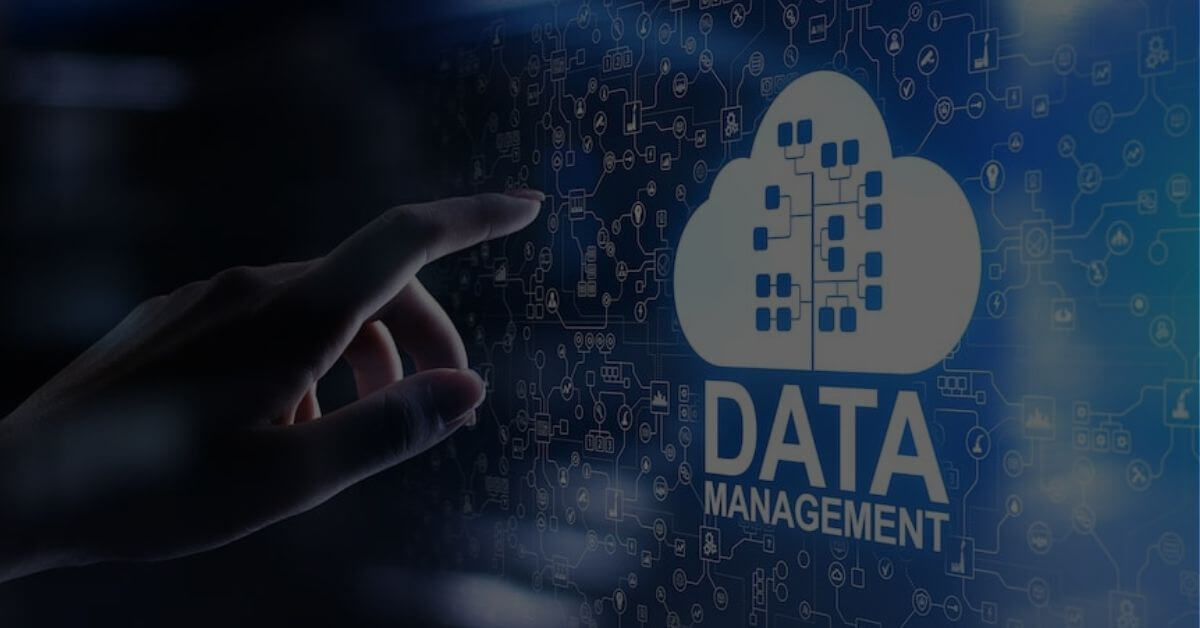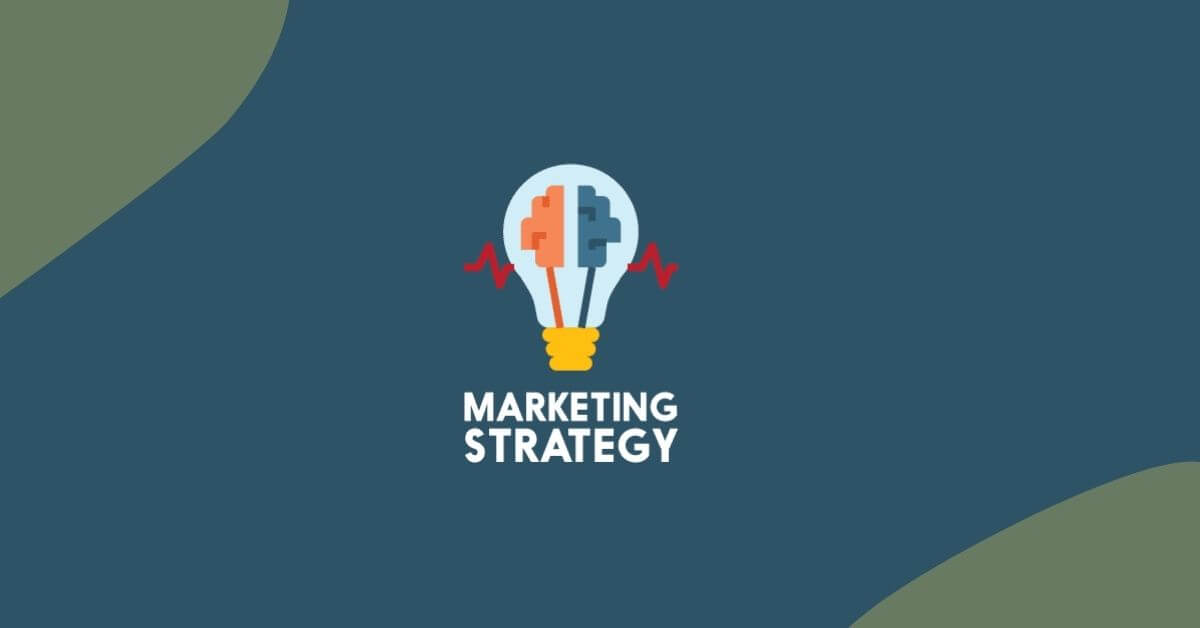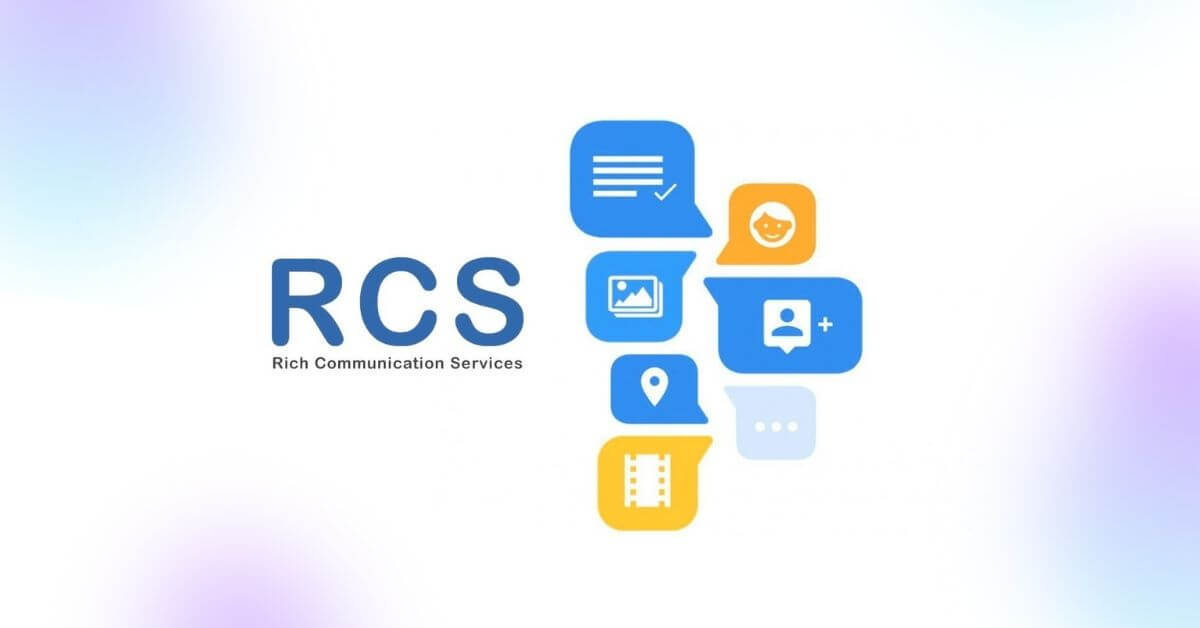What Makes Graph Databases A Better Option for Data Management?
Graph databases are more than just another data management technique. It provides a faster and more efficient way of storing unstructured data for applications that dont require relational data or denormalization.
Graph databases are more than just another data management technique. They provide a fundamentally different way of looking at and managing your data.
But what is graph database? Graph databases differ from relational and document databases in which they store data as graphs. Here graphs are a map of nodes (the things you want to keep) and the relationships between those nodes.
Graph Databases vs. RDBMS
If you are using an RDBMS to manage your data, the schema is likely defined by what you are trying to store. However, you should know what is a graph database if you want to say - node A owns node B (a relationship between two items).
For a graph database, you need to define a foreign key constraint. So you have to add another table depicting how nodes relate to each other and then display which nodes own which other nodes.
Graph databases make use of graphs for storing data, with no additional tables. Nodes in the system can be connected to any other node (a relationship between two items). You do not need to define anything - the relationship itself explains it: A owns B.
Converting a Relational Database to a Graph Database
If you have a relational database and want to use graph databases, there are a few ways to convert the data into graphs. One way is to create nodes for each table in your data store, then build relationships between those tables that represent how they relate to each other.
This allows you to model the data to become completely interconnected while keeping intact all of the benefits of relational databases.
What Makes Graph Databases A Better Option for Data Management?
Graph databases are more than just another data management technique. They provide a fundamentally different way of examining and managing your data. Graphs offer benefits like:
- A merger of Multiple Datasets
Storing data as a map with nodes and their connections enables us to merge multiple datasets into one. This allows for a data model to grow and become closer to the real world as time progresses.
For example, imagine you are building a social networking app containing people's profiles, which would consist of their email address, name, location, etc. If we were to store this in just one table/collection with multiple rows per user, the database would quickly grow so large that it would become impossible to comprehend without any relationship between users. In such a case, graphs will be helpful.
- Store Unstructured Data
Relational databases are great at storing structured data, which is why they are the go-to option for most applications these days. However, as more software & applications become reliant on large datasets containing unstructured data (e.g. images), the gap between relational databases and graph-based systems widens.
You can store unstructured data in a graph database by adding an extra edge to the node's existing connections to reference pictures or documents. You can also share your unstructured data across multiple nodes by creating boundaries between them if it makes sense.
- Easier to Store Related Data Separately
Relational databases have normalized data models, which allow you to store related data in separate tables. This is great if your application also requires some level of denormalization due to specific requirements or needs. However, the more normalized the data model becomes, the more overhead you will have on writes/updates, etc.
Graph databases store data in a denormalized way, which allows you to store related data in one place and prevent duplication where it makes sense (e.g. the relationship between two users who like each other's posts).
This is made possible by using labels (think of them as tags) on nodes and relationships, allowing you to easily access this data on demand.
Thus, graph databases are different from relational databases, but they are still usable in conjunction with each other. Graph databases provide a faster and more efficient way of storing unstructured data for applications that don't require relational data or denormalization.

Subscribe & get all related Blog notification.





Post your comment